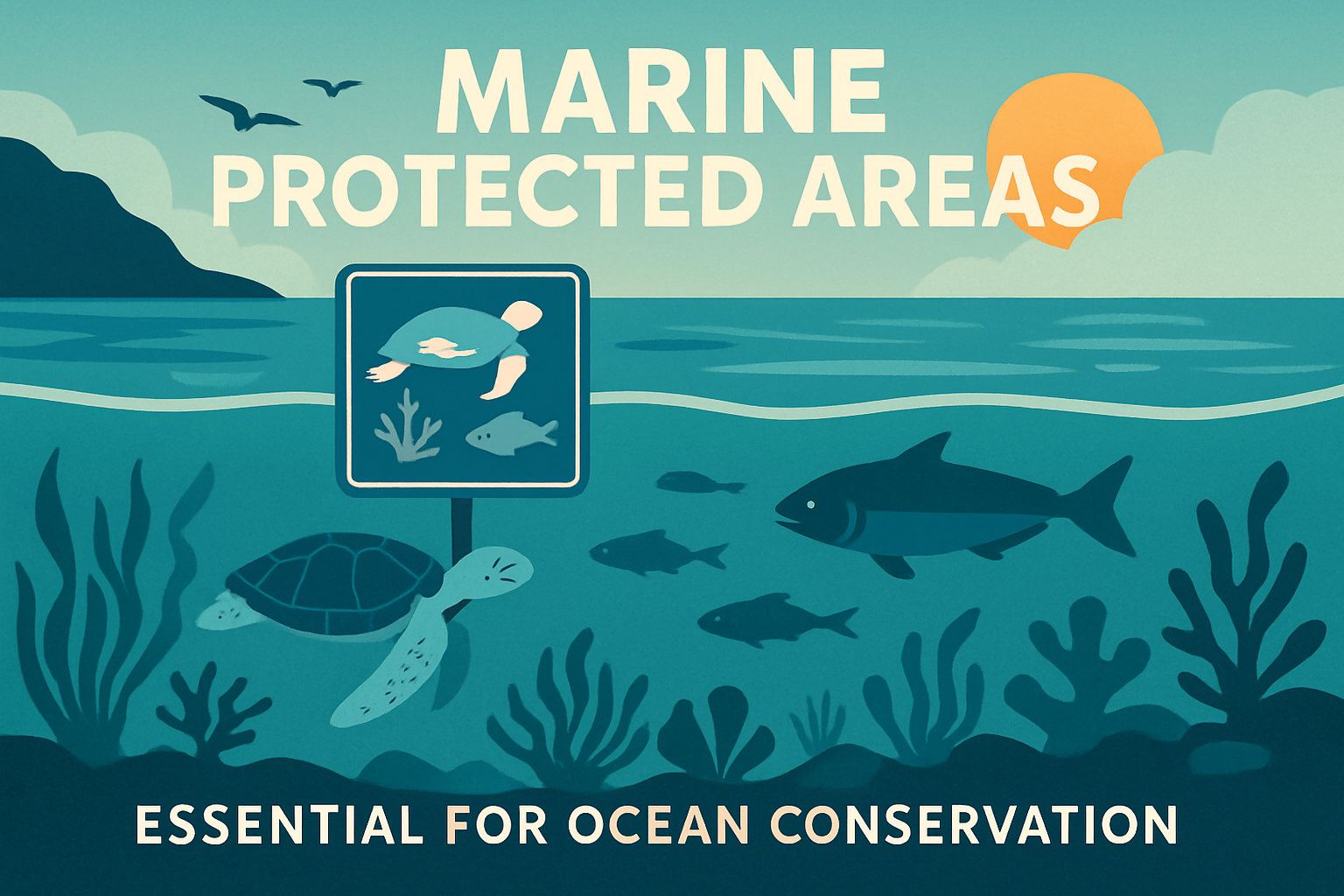Location
Mount Vernon, WA 98274
Location
Mount Vernon, WA 98274

Marine Protected Areas (MPAs) are essential for the conservation of ocean biodiversity and the health of marine ecosystems. This article explores the critical role MPAs play in preserving aquatic life, enhancing resilience against climate change, and supporting sustainable fisheries.
Marine Protected Areas (MPAs) are designated sections of the ocean where human activity is limited to conserve the natural environment. These areas can range from small regions to large expanses of ocean and are crucial in safeguarding marine biodiversity. As human pressures on the ocean increase, MPAs have emerged as vital tools in the fight against habitat destruction, overfishing, and climate change.
One of the primary purposes of MPAs is to enhance the resilience of marine ecosystems. By restricting activities such as commercial fishing and pollution, these areas allow marine life to thrive and recover from previous overexploitation. A recent study by the National Oceanic and Atmospheric Administration (NOAA) found that fish populations in MPAs can be up to three times more abundant than in areas without protection. This recovery not only benefits the ecosystem but also supports local fisheries as healthier populations spill over into adjacent waters.
MPAs also play a critical role in combating climate change. Healthy marine ecosystems, particularly coral reefs and mangroves, act as carbon sinks, absorbing significant amounts of carbon dioxide from the atmosphere. Protecting these habitats is essential for maintaining their ability to sequester carbon. Furthermore, MPAs can help buffer coastal areas from the impacts of rising sea levels and increasingly severe storms, providing a natural defense system for vulnerable communities.
Effective management of MPAs often involves local communities in decision-making processes. Engaging fishermen, tourism operators, and local residents fosters a sense of stewardship and can lead to innovative management solutions that benefit both the environment and local economies. Eco-tourism, for example, thrives in areas with healthy marine ecosystems, providing financial incentives for conservation efforts.
Despite the clear benefits, establishing and maintaining MPAs is not without challenges. Issues such as illegal fishing, climate change impacts, and funding constraints can undermine their effectiveness. However, with continued advocacy and scientific research, MPAs can be strengthened to ensure they meet their conservation goals.
Marine Protected Areas are more than just a method of conservation; they are essential for the health of our oceans and the well-being of future generations. As awareness of their importance grows, so too does the opportunity to harness their potential in the fight against environmental degradation. By supporting MPAs, we contribute to the preservation of our planet’s rich marine biodiversity and the sustainability of our oceans.